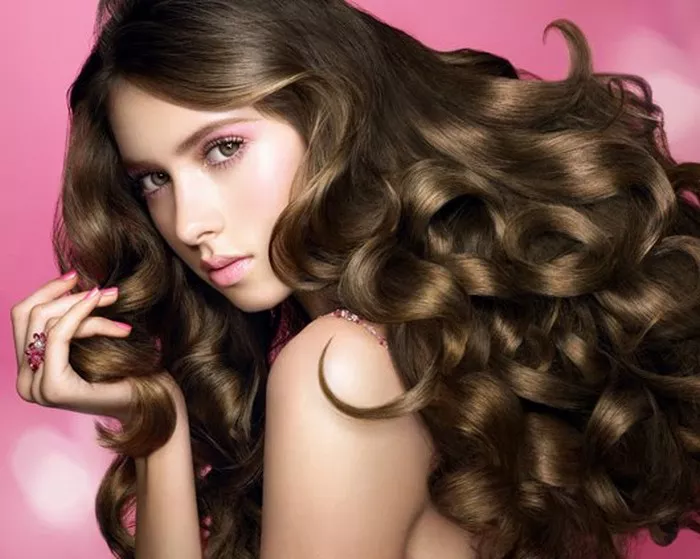The debate over the accuracy and necessity of hair typing systems, particularly the one popularized by hairstylist Andre Walker, continues to fuel discussions within the beauty industry. While Walker’s system, which categorizes hair based on its shape from 1a (straightest) to 4c (most tightly coiled), played a significant role in celebrating the diversity of natural hair, it has also raised questions about its limitations and practicality.
Walker’s system offers a simplified classification for a complex and varied subject—hair. In reality, achieving perfect accuracy in hair typing is unattainable because each individual’s hair is unique. Even if one identifies with a specific hair type within Walker’s system, it provides limited information about the full spectrum of factors that influence hair care. Experts emphasize that when addressing hair types, one should consider multiple variables, including:
1. The Shape(s) of Strands:
Categorizing hair based solely on curl type neglects the full range of hair shapes, from straight to coily.
2. Texture:
The thickness or thinness of each strand plays a crucial role in how hair behaves.
3. Porosity:
Understanding how absorbent and moisture-retentive hair strands are can guide product selection.
4. Density:
The number of hairs on an individual’s head varies and affects overall hair management.
5. Chemical Treatment:
Whether or not hair has undergone chemical treatments is vital for care and product choices.
6. Hair Damage:
Identifying the type and extent of damage is essential for restorative approaches.
The above parameters offer a more comprehensive perspective when addressing hair care. The notion that one’s hair type can be neatly encapsulated by a single letter and number ignores the multifaceted nature of hair. Every individual’s hair journey is influenced by genetics, health, environmental factors, products, and more.
While hair typing can be a useful starting point for discussions, it should not limit the understanding of diverse hair care needs. To truly comprehend your hair and make informed choices about products, it’s advisable to consult a trusted hairstylist and explore various factors related to your hair’s unique characteristics. For a more scientific approach, some individuals may opt for hair analysis at a microscopic level, provided by specialized systems such as Myavana Pro+ or Myavana HairSI Hair-Care Analysis Kit.
The key takeaway is that hair care is a personal journey, and there is no one-size-fits-all approach. Hair is ever-evolving, influenced by a multitude of factors, and acknowledging this diversity is essential for informed and effective care.
In conclusion, while the accuracy of popular hair-typing systems remains debatable, the focus should shift towards holistic and personalized hair care, taking into account the multitude of variables that make each person’s hair unique. Additionally, discussions about hair should also encompass the vital issues of discrimination, particularly against women of color, and the broader cultural and historical contexts of hair.


